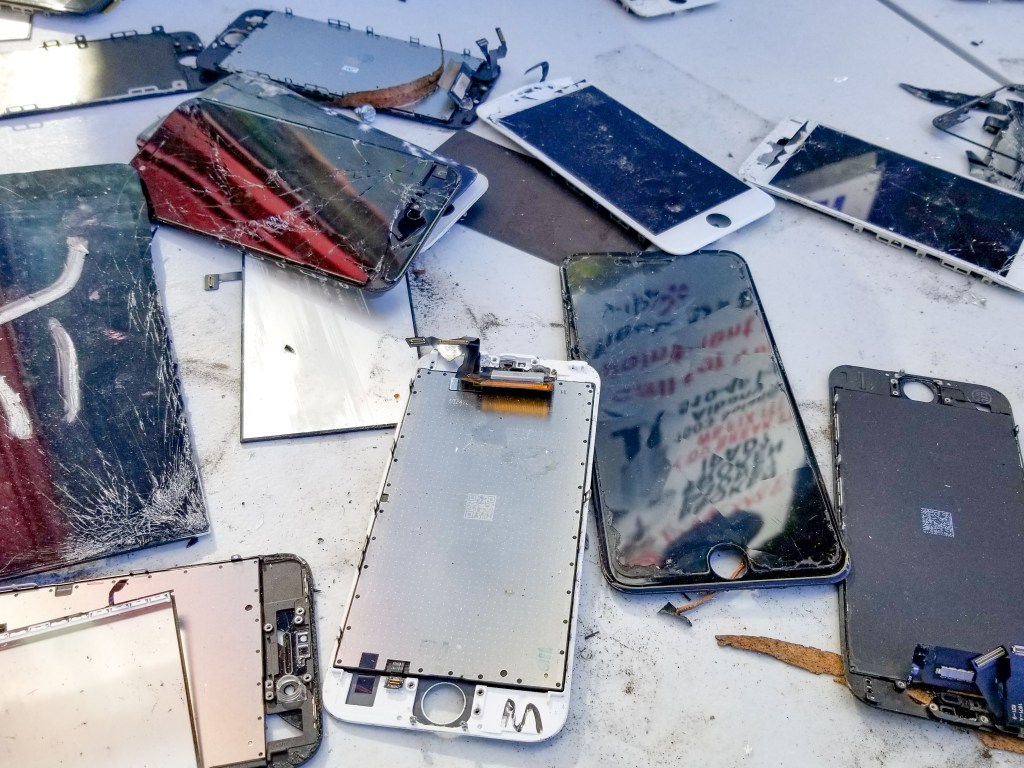Last week, I wrote an article about my otherwise perfectly fine Pixel 3 no longer receiving security updates, making a three year old phone a security risk to use. Since then, I have received several dozen exceedingly polite emails from other frustrated Android users offering some helpful advice. They have recommended I install a custom ROM.
A custom ROM is essentially a new operating system that replaces the one installed on your phone. A custom ROM can still be Android, but, much like different manufacturers often preload their devices with slightly different versions of Android, so too can you install a slightly different version of the operating system on your device. Custom ROMs are usually open source and have lots of developers working on updates and patches for most of the Android phones out there. And key for our purposes here, custom ROMs support devices a lot longer—and usually push updates a lot sooner—extending a phone’s lifespan by years. Some ROMs can also be entirely different operating systems altogether.
Videos by VICE
On paper, custom ROMs are not only a perfect fix for the short manufacturer support for phones, but an encapsulation of what Android people love about Android; the customizability, the choices, the flexibility.
But there is one big problem with this solution. Installing custom ROMs is a difficult and risky process even for people with some degree of technical knowledge. It involves unlocking the bootloader (rooting the phone), temporarily booting a custom recovery using fastboot, and then installing the new operating system from the system recovery. Make one wrong move at any of these steps and you could brick your phone. Even if everything goes right, this is generally a pretty technical process that involves a lot of steps and is not going to extend the lives of a meaningful number of phones given the time and effort involved.
I am speaking from experience. When my Pixel 1 stopped receiving software updates a few years ago, I figured I’d try installing Lineage OS, one of the most popular custom ROMs. I did research beforehand and read multiple installation guides. I downloaded everything I would need in advance and organized it into folders so I knew what to do. I made it about two-thirds of the way through the process before I did something wrong and bricked the phone.
Several of my colleagues at Motherboard have all had similar experiences trying to install custom ROMs on Android devices over the years. Motherboard editor Jason Koebler spent two full evenings installing SailfishOS, only to find that certain features on the phone no longer worked. He never used the phone again. Senior staff writer Lorenzo Franceschi-Bicchierai enlisted the help of an older cousin, a computer science graduate and IT professional. Together, they almost bricked the phone, and after hours of researching online guides and forums, managed to restore the phone to its original state. But they gave up on installing the custom ROM.
There are other problems with custom ROMs. For one, most financial services apps won’t work on a custom ROM for security reasons, so you can’t use that phone for banking or sending money to friends, which a lot of people use phones for. Second, custom ROMs can be buggy, dependent as they are on volunteer developers. Sometimes they work well, other times they don’t, but if they do not happen to work particularly well or have issues with a specific app you will not get any support from the company that makes that app.
This isn’t to say custom ROMs are never worth installing, or that some people don’t like custom ROMs better than stock Android. I may give it another try on my now-defunct Pixel 3, but only after I move my SIM card over to my new iPhone. To me, custom ROMs are a potential path to extending the life of an old phone as a secondary device, for example to use only for listening to music or podcasts when I don’t want to otherwise be Online. There is nothing wrong with custom ROMs as a tinkerer’s hobby. But they are a niche community for experimenters and people who like futzing with their phones. They are not a systemic solution to megacorporations treating smartphones like disposable junk.
More
From VICE
-

Photo: NATALIA ANDREEVA / Getty Images -

(Photo by John Nacion/Variety via Getty Images) -

Illustration by Reesa -

(Photo by Prince Williams/WireImage)

